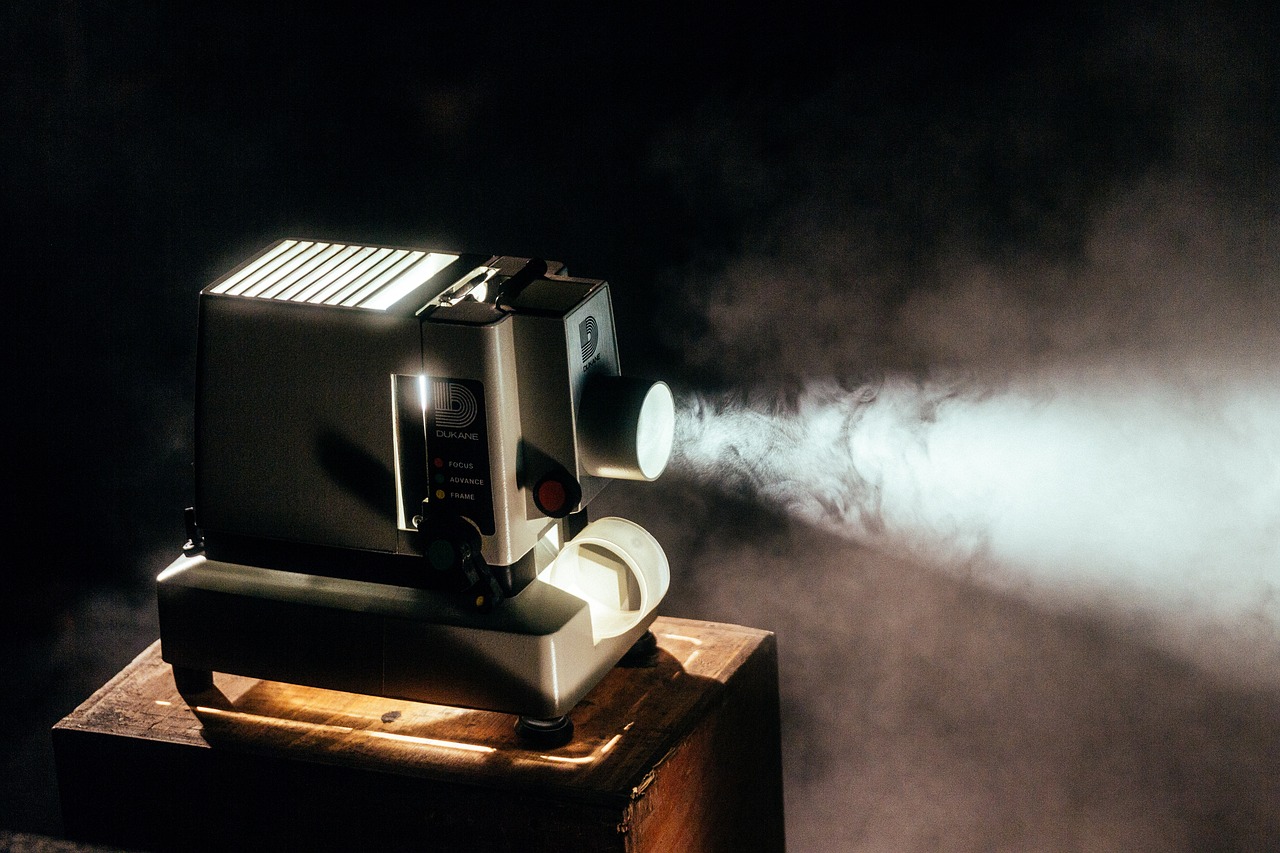Aids for daily living are tools used by disabled or the elderly members of society so that they can be able to perform their daily activities with ease, and example of the activities they aid in are such as:
Mobility, writing and communication, bathing, meal preparation, grooming, eating, shopping, environment and home management, playing and they also enable them perform work and school activities.
These daily aids are of great help because they help the user in different ways such as: boosting their self-esteem and confidence, they increase self-dependence instead of them relying on someone to do things for them.
Daily aids also help the user build self-reliance and also provide a sense of security and safety .
There are several types of these tools and they include:
Prosthesis
This is an artificial replacement of a body part such as arms and legs, and they help someone to perform different activities such as; dressing, walking and even holding thing.
Another advantage of using prosthesis is that it helps restore somebody’s self-esteem.
Aids for bedroom
These kind of aids are specifically used in the bedroom and they include: bed rope ladders and leg lifters for aiding one get in bed, over bed table for placing drinks, food and medicine and blanket cradles.
Dining aids
These kind of devices are very useful to people who have limited movement of arms neck and the head. These aids should be easy to adjust and also bendy. There are also aids used in the kitchen to open cans, turn on taps and knobs and food slicers.
Grooming aids
They assist one in dressing and they include dressing sticks, shoe remover, a comb that has long handle and also tools that aid in zipping.
Baths aids
They help one in the toilet or when taking a shower and they include: raised toilets, shower benches and stools, bidets, shower lifts, inflatable basin to mainly help in shampooing, toilet rails to help one when sitting down and standing up.
Listening and hearing aids
These devices normally aid people with communication problems by amplifying sound and also sending signals. there are also visual aids that are used to assist people who have low vision or blind.
Before choosing a Aids for daily living, it’s always important to consult with a therapist so that they can advise on the right device which meets ones needs. It’s also good to choose a device that is of good quality and easy to maintain.






